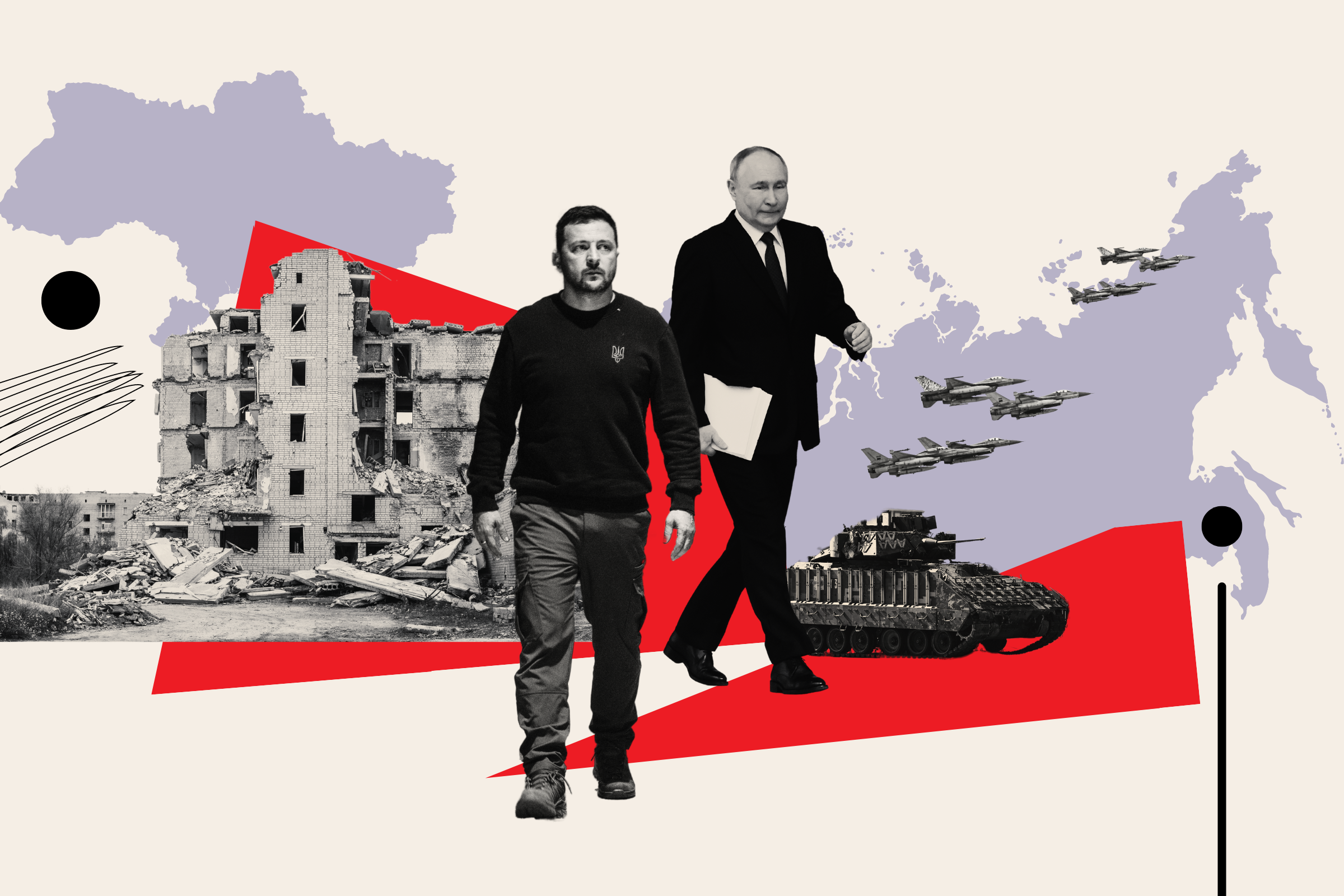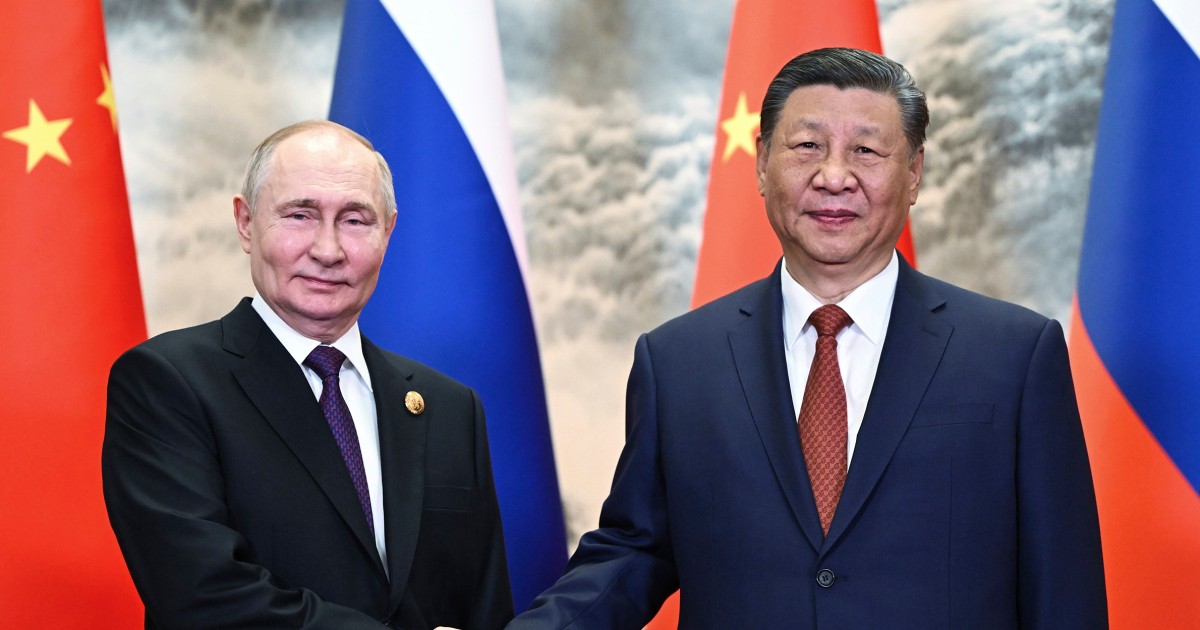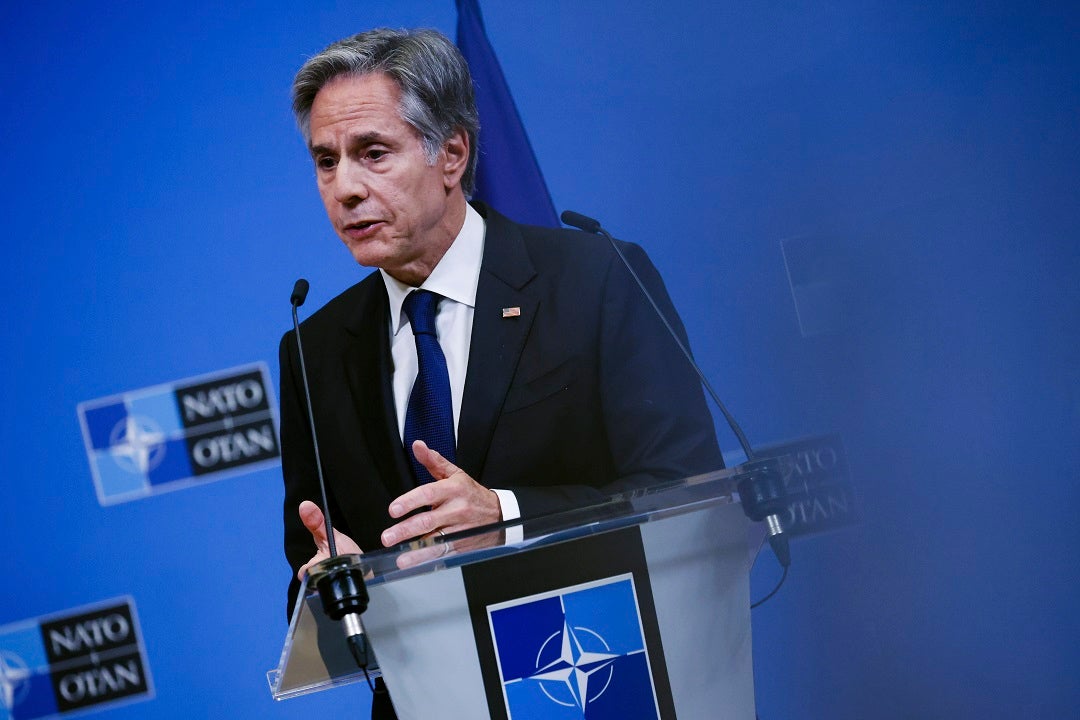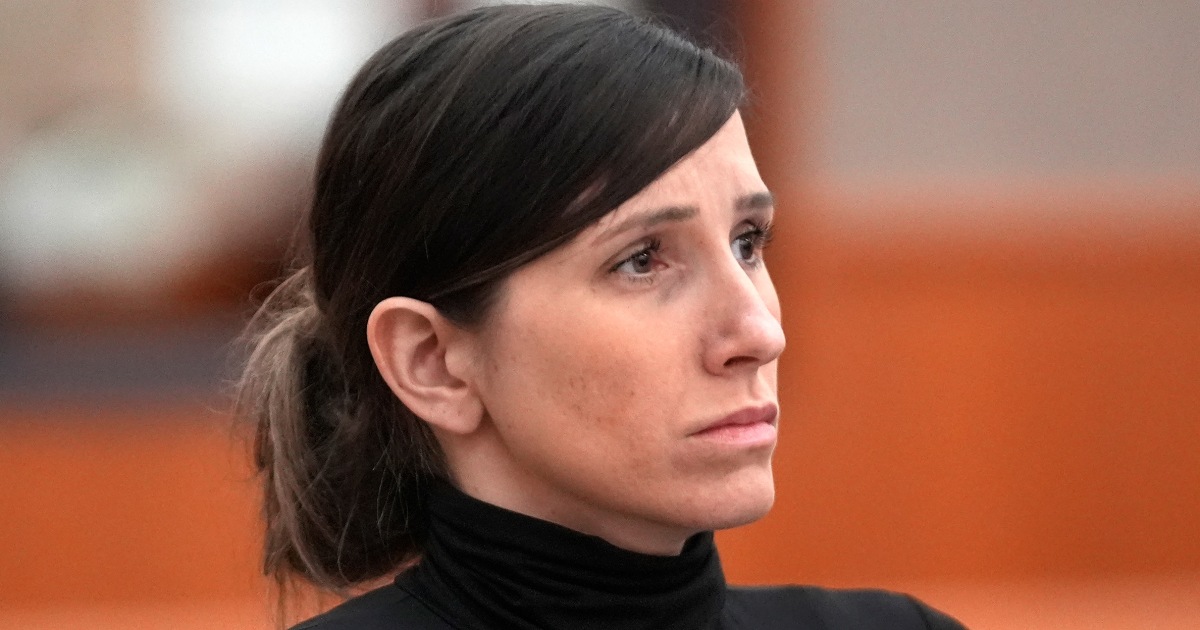The first four months of 2024 have proven some of the most difficult in Ukraine’s two years of full-scale war with Russia, and perhaps the most straining in a decade-long conflict with Moscow that erupted in 2014.
Kyiv’s troops are on the back foot all along the front line, facing a reconstituted Russian military supported by an economy shifted onto a war footing with massive Chinese assistance. Ukraine’s Western backers have been slow to provide weapons and hesitant to take the wider fight to Russia. Distracted and divided by a slew of elections, Ukraine’s Western bloc is creaking.
This year is expected to be hard for Ukraine following its disappointing 2023 offensive, on which so much hope and so many resources were staked.
Kusti Salm, the permanent secretary at the Estonian Defense Ministry, told Newsweek “2024 will be difficult” in a December interview.
Kostiantyn Liberov/Libkos/Getty Images
“They need to assume the defensive; they need to grind it out,” he said of Ukrainian forces.
Russian President Vladimir Putin‘s apparent plan to outlast his adversaries may be working. Or this year might yet prove to be Ukraine’s dark night before the dawn.
During a recent visit to Ukraine, NATO Secretary-General Jens Stoltenberg urged allies to fulfill their military aid commitments to Kyiv and declared: “It’s not too late for Ukraine to prevail.”
On the Ground
Russia’s grinding westward push is continuing all along the eastern front, with Moscow’s troops straining at great cost to seize new territory in the Donetsk, Luhansk, Kharkiv and Zaporizhzhia regions. The total capture of Donetsk and Luhansk Oblasts has been a key Kremlin goal since it fomented rebellion in eastern Ukraine in 2014, and a decade on the ambition appears in reach.
The current plodding offensive is laying the groundwork for an expected fresh summer campaign. Among the potential targets of the new push are the Donetsk city of Chasiv Yar—which is already on the front line and may even fall before summer—and the Kharkiv city of Kupiansk, a vital gateway to Ukraine’s second city of Kharkiv.
The Institute for the Study of War wrote this week that Russia’s capture and stabilization of a salient northwest of Avdiivka “presents the Russian command with a choice of either continuing to push west towards its reported operational objective in Pokrovsk or trying to drive northward to conduct possible complementary offensive operations with the Russian effort around Chasiv Yar.”
Newsweek has contacted the Russian Defense Ministry by email to request comment.
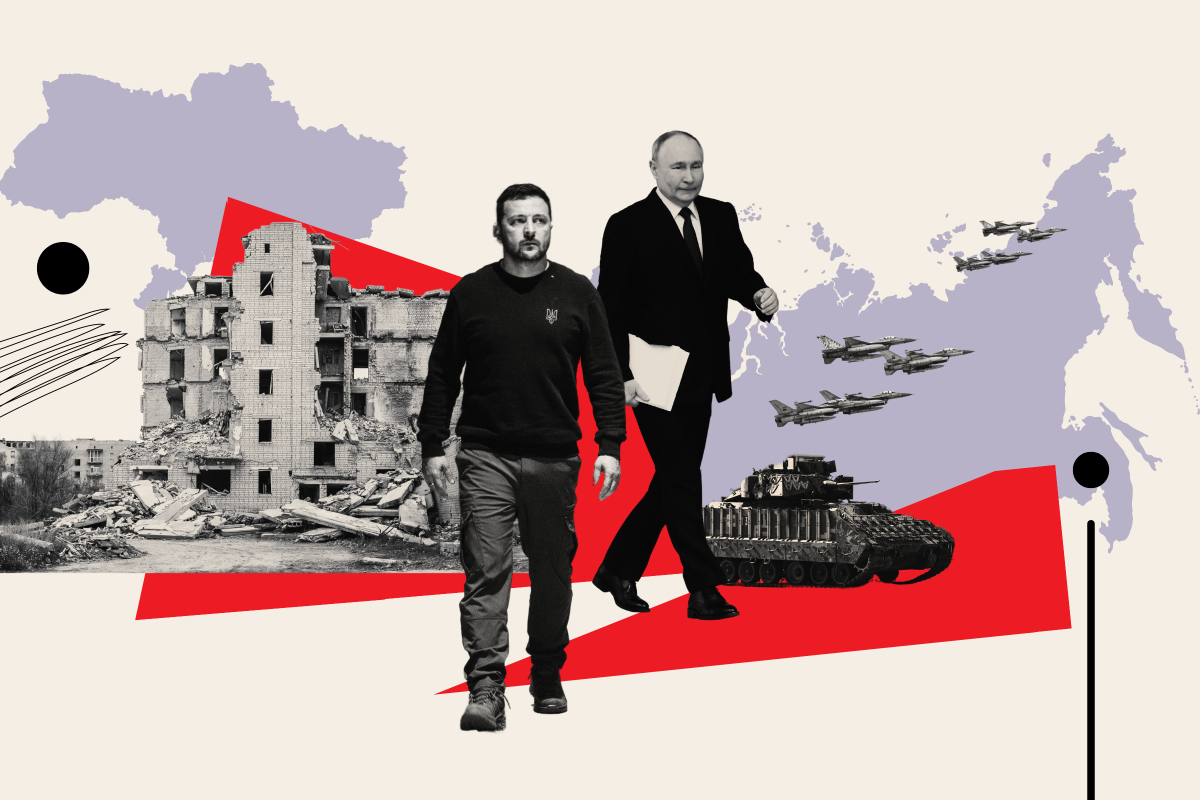
Photo-illustration by Newsweek/Getty
Chasiv Yar is only six miles east of Bakhmut, which has long been a hotspot on the Donetsk front, even after its fall to Russian forces in May 2023. Now abandoned by almost all of its prewar residents, the city was a vital staging point for Ukrainian forces and sits on a hill with commanding views over the surrounding area.
It is also a gateway to the cities of Kramatorsk and Slovyansk, both strategic level objectives for Moscow’s forces in their bid to capture all of the Donetsk region.
Kyiv focused significant resources in Chasiv Yar after Moscow fomented rebellion in the Donbas in 2014, making it home to an important military hospital and later the headquarters for the Joint Forces Operation against Russia and its local proxies.
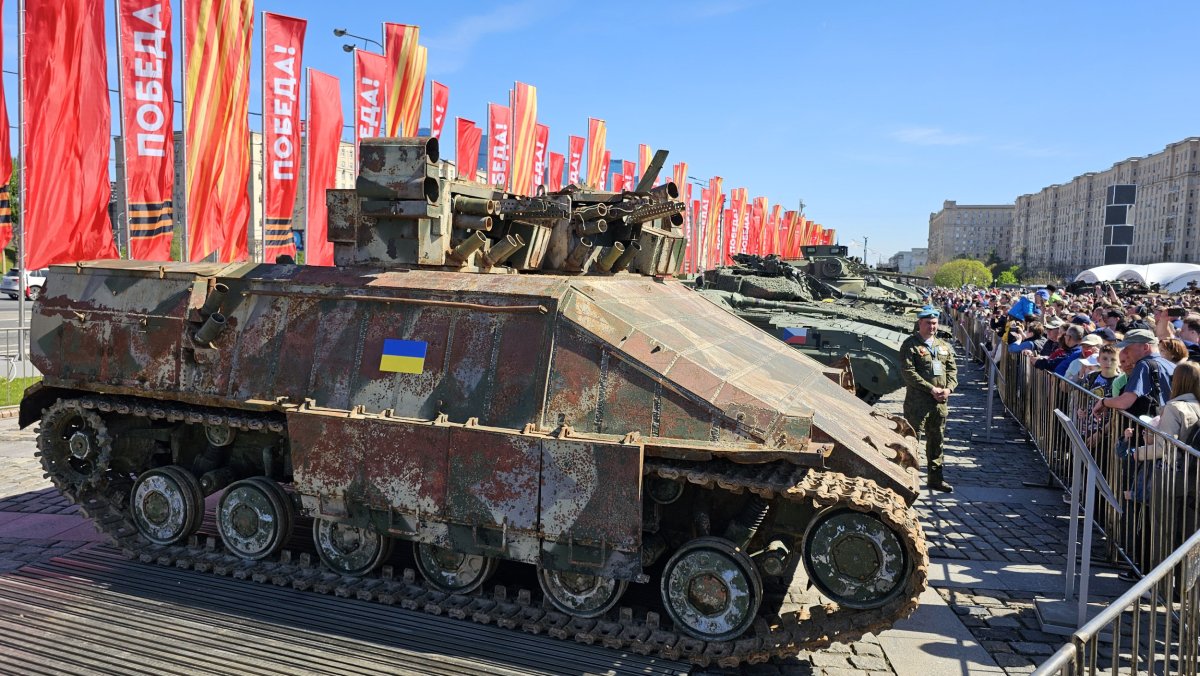
Contributor/Getty Images
Pokrovsk is around 26 miles northwest of Avdiivka at the junction of two major roads heading to the city of Donetsk and to Bakhmut, as well as a railway heading through Avdiivka. A successful drive all the way to Pokrovsk would expose the southern flanks of Chasiv Yar, Kramatorsk and Slovyansk.
Pavel Luzin, a Russian military analyst and visiting scholar at the Fletcher School of Law and Diplomacy, told Newsweek it is “hard to say” whether Moscow’s forces will be able to scale up their current drive for a larger summer push.
“There are not too many resources for a bigger offensive,” Luzin said. “Also, almost all these expectations are inspired by Moscow itself.
“What we do see is that Russia was trying to surround a significant group of the Ukrainian forces in Avdiivka, exactly like in Ilovaisk in August 2014 and in Debaltsevo in February 2015, but was incapable of doing this. Perhaps, Russia will make another attempt in the same way, because it needs stronger positions in order to get a break in the war.”
This break, Luzin added, would allow the Kremlin to rest and reinforce its mauled forces. Leaders in Kyiv have repeatedly warned that Moscow is only interested in a temporary ceasefire to this end, not in a lasting peace. Luzin concurred.
“They need a break, but they are not going to end the war,” he said.
Putin may hope to win space for a pause having won all of Donetsk and Luhansk, long at the center of his project to dismantle Ukrainian sovereignty.
“For today, they want to get at least Donetsk and Luhansk,” Luzin said. “The problem is that the Kremlin claims Kherson and Zaporizhzhia regions as Russia territory as well.”
While Ukraine digs in, Kyiv will also be looking to disrupt Russian communications, logistics, and industry as much as possible. Long-range drone strikes on targets inside Russia have become commonplace, and Ukraine shows little sign of easing its attacks even in the face of American displeasure.
The arrival of the longest-range iteration of the American ATACMS—the MGM-140 Army Tactical Missile System—will give Kyiv greater reach than ever before. The longest-range munition can hit targets out to 186 miles, almost double that of shorter range ATACMS munition first provided in late 2023. Among its possible targets is the logistically arterial and symbolically powerful Kerch Strait Bridge.
But as with all new weapons, Kyiv has a closing window in which to exploit the ATACMS.
“As we know, the Russians are able to adapt in a very short period of time,” Ivan Stupak, a former officer in the Security Service of Ukraine (SBU) and now an adviser to the Ukrainian parliament’s national security, defense and intelligence committee, told Newsweek.
“I think we have up to two months to eliminate as many Russian war objects as is possible before the Russians will adapt,” Stupak added.
In the Air
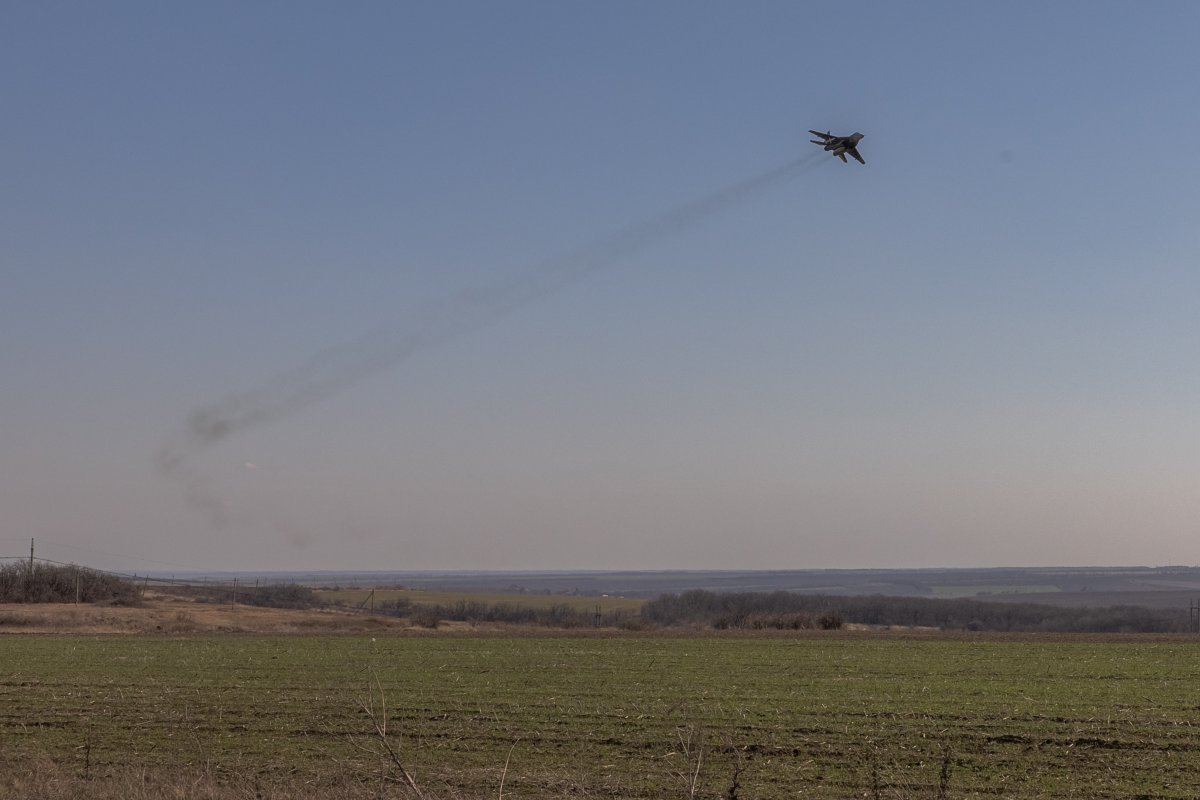
ROMAN PILIPEY/AFP via Getty Images
This year may see a significant shift in air power, with Ukraine awaiting the delivery of dozens of American-made F-16 fighter jets. Kyiv has said the aircraft will boost its defense against cruise missiles and drones being launched at cities nationwide, and also give much needed relief for front line troops being bombarded by Russian airstrikes.
Moscow’s glide bombs have been pivotal in the first part of 2024, allowing its aircraft to drop massive munitions on Ukrainian positions from a relatively safe distance. F-16s will make front line areas more dangerous for Russian pilots, given Ukraine expects to be using air-to-air missiles with ranges of up to 310 miles.
While Ukraine has been waiting for F-16s, Russia has been losing planes. Recent months have seen an uptick in reported Russian aircraft being downed, including far behind the front line. Those losses—and the subsequent added strain placed on surviving planes—may prove challenging for the Russian air force in the aerial battles to come.
Still, leaders in Kyiv and some allies abroad have repeatedly warned that a drip-fed and small force of F-16s will do little to change the overall picture. It remains to be seen if Western powers can master the logistical and political challenges to deliver a large number of the jets in a manner that can give Ukraine a battlefield edge.
But the newly arriving aircraft will help bolster a Ukrainian air force whittled down by two years of war. Kyiv’s pilots survived Russia’s initial onslaught despite the vast numerical superiority of the invaders. Ukrainian airmen performed far beyond expectations, inflicting serious losses on their Russian counterparts and making large areas of Ukraine too dangerous for Moscow’s aircraft.
At Sea
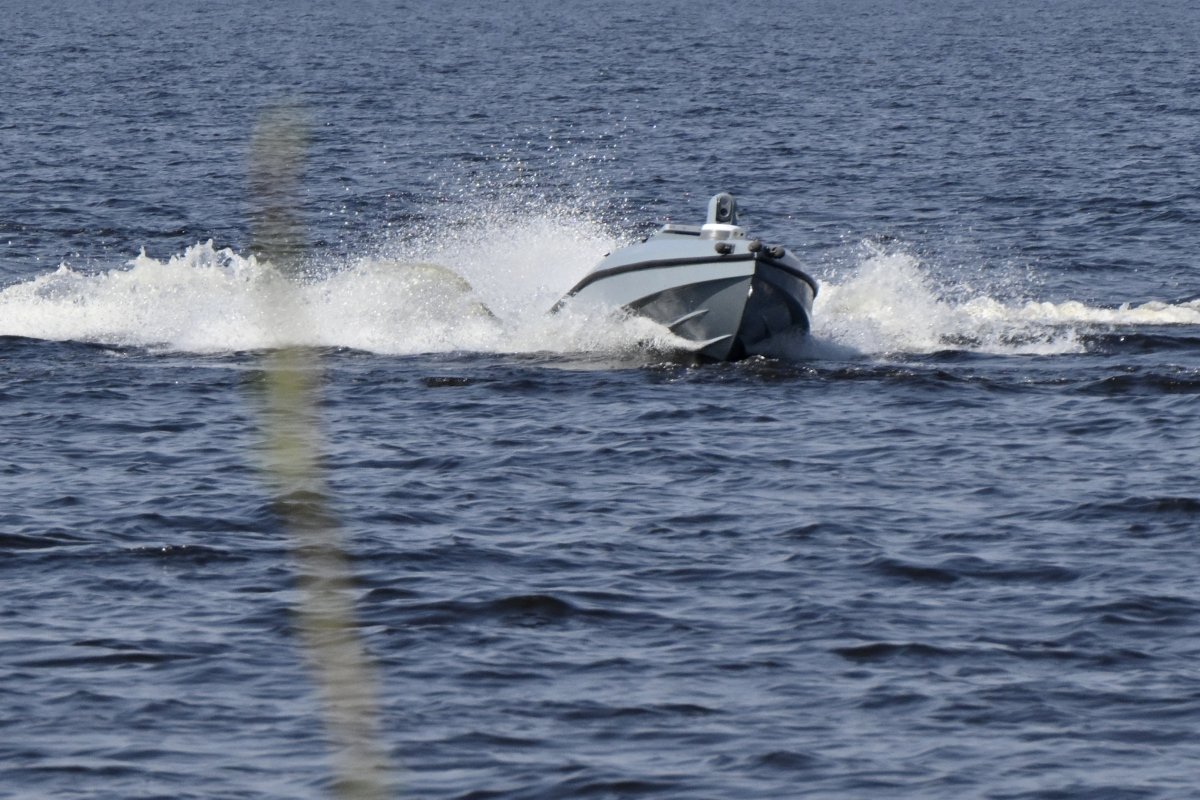
GENYA SAVILOV/AFP via Getty Images
The naval asymmetric cat-and-mouse game will likely continue. Kyiv’s drones and cruise missiles have proven deeply problematic for the Black Sea Fleet. The force has adapted its tactics and defenses to some degree, but new iterations of Ukrainian long-range weapons will continue to pose a potent littoral threat.
That threat has already forced Moscow to withdraw its most high-value naval assets from occupied Crimea, the traditional home of the Black Sea Fleet and the nexus of power projection in the region and into the Mediterranean Sea. Kyiv is constantly developing its naval drones and is expected to continue strike efforts even deep into Russian waters.
Ukraine has no significant conventional navy of its own, though leaders in Kyiv have long been working with Western partners to secure new vessels, including armored riverine boats from the U.S.
These small ships will not be able to challenge the Black Sea Fleet, a job which will remain assigned to the asymmetric drone fleet that has proven so successful. Ukraine will spend the rest of 2024 hoping to twist the knife and exacerbate Russia’s problems at sea.
Uncommon Knowledge
Newsweek is committed to challenging conventional wisdom and finding connections in the search for common ground.
Newsweek is committed to challenging conventional wisdom and finding connections in the search for common ground.




